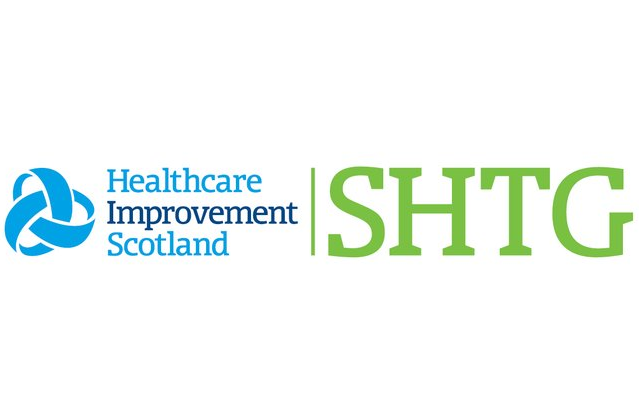What we looked at and why

SHTG recommendation
In response to enquiry from Pulmonx International
What were we asked to look at
A manufacturer of endobronchial valves (Pulmonx International) asked us to look at the evidence on the use of endobronchial valves to reduce lung volume in patients with severe or very severe emphysema who continue to experience significant emphysema-associated disability despite optimal medical management. Scottish consultant thoracic surgeons confirmed the relevance of this topic to NHSScotland.
Why is this important
Emphysema and chronic obstructive pulmonary disease (COPD) are chronic, progressive, and ultimately fatal, diseases of the lungs. Emphysema is one of two conditions that are classed as COPD, the other being chronic bronchitis. Emphysema can exist without chronic bronchitis as a distinct respiratory condition. Patients with COPD can have predominantly emphysema, predominantly chronic bronchitis, or both. Chronic obstructive pulmonary disease is the second most common lung disease in the UK.
Treatments for emphysema/COPD include lifestyle modification, pulmonary rehabilitation, and medical therapies. A proportion of patients with severe or very severe emphysema/COPD that continues to worsen despite optimal medical management require surgical intervention to reduce the volume of their damaged lungs. Lung volume reduction surgery is an invasive, palliative procedure involving excision of 20-40% of the volume of each affected lung1. Endobronchial valve implantation offers a less invasive option for lung volume reduction.